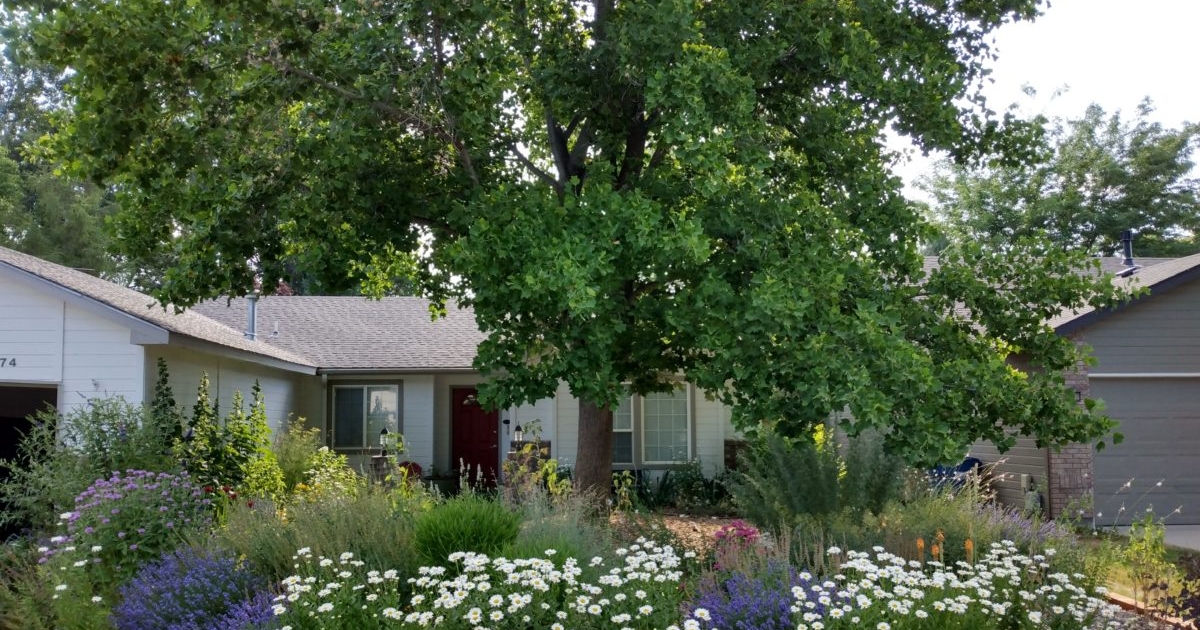
A Green Oasis
In an age where water conservation is more crucial than ever, transforming your yard into an eco-friendly oasis can save precious resources and reduce your water bill. Here are practical, sustainable strategies to help you cultivate a beautiful garden while being mindful of water usage.
1. Choose Drought-Resistant Plants
Opt for native and drought-resistant plants, which require less water and are better suited to your local climate. These plants have adapted to thrive with minimal irrigation and can add diverse beauty to your landscape.
Examples of Drought-Resistant Plants:
- Succulents: Aloe, Sedum, and Echeveria
- Perennials: Lavender, Yarrow, and Coneflower
- Shrubs: Sage, Juniper, and Manzanita
2. Implement Xeriscaping
Xeriscaping is a landscaping method designed to minimize water use. It involves strategic planning, soil improvement, efficient irrigation, and the use of mulch to retain soil moisture.
Key Principles of Xeriscaping:
- Planning and Design: Group plants with similar water needs together.
- Soil Improvement: Enhance soil with organic matter to improve water retention.
- Efficient Irrigation: Use drip irrigation or soaker hoses to reduce water waste.
3. Install Smart Irrigation Systems
Investing in a smart irrigation system can significantly reduce water usage. These systems use weather data and soil moisture sensors to adjust watering schedules automatically, ensuring your plants get the right amount of water at the right time.
Benefits of Smart Irrigation Systems:
- Prevents overwatering
- Reduces water bills
- Promotes healthier plants
4. Harvest Rainwater
Rainwater harvesting is an excellent way to utilize natural resources. Installing rain barrels or a more complex rainwater catchment system can provide a free and sustainable water source for your garden.
Simple Rainwater Harvesting Steps:
- Install Gutters and Downspouts: Direct rainwater from your roof into storage containers.
- Choose Appropriate Containers: Use barrels, tanks, or cisterns.
- Distribute Water Efficiently: Use collected rainwater for irrigation needs.
5. Apply Mulch Generously
Mulching involves covering the soil with organic or inorganic materials to retain moisture, suppress weeds, and regulate soil temperature. Mulch decomposes over time, enriching the soil with nutrients.
Types of Mulch:
- Organic Mulch: Wood chips, bark, leaves, grass clippings
- Inorganic Mulch: Gravel, pebbles, rubber
6. Create Functional Hardscapes
Incorporate hardscape elements such as patios, walkways, and rock gardens into your landscape design. These features require no water and can reduce the overall water demand of your yard.
Ideas for Hardscape Elements:
- Permeable Paving: Allows rainwater to seep through and replenish groundwater.
- Decorative Stones and Gravel: Adds texture and visual interest.
7. Practice Efficient Watering Techniques
Watering your garden effectively can make a significant difference in water conservation.
Tips for Efficient Watering:
- Water Early or Late: Reduce evaporation by watering during cooler parts of the day.
- Deep Watering: Encourage deep root growth by watering less frequently but more thoroughly.
- Use a Broom: Instead of hosing down driveways or sidewalks, use a broom to clean hard surfaces.
Conclusion
By adopting these water-saving practices, you can maintain a lush and vibrant yard while being environmentally conscious. Your garden will not only become a beautiful sanctuary but also a testament to sustainable living. Embrace these changes, and watch your landscape thrive with less water and effort. Happy gardening!







